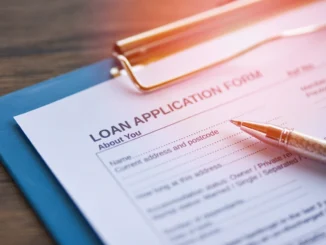
Source: CBS News —
Refinancing your mortgage essentially means replacing it. You get a new loan, ideally one with more favorable terms, use it to pay off the old one, and voila — you’ve refinanced.
Homeowners often refinance to lower their interest rate, reduce their monthly payment or take cash out of their home (this one’s called a cash-out refinance). Some also refinance to get rid of private mortgage insurance (PMI) or switch from an adjustable-rate mortgage to a fixed-rate one.
Whatever the reason, the process is largely the same. Below we will take a closer look at how mortgage refinancing works from start to finish.
If you’re considering refinancing your mortgage then start by answering a few quick questions here to determine your potential interest rate.
How do you refinance your mortgage?
Before taking the plunge into a mortgage refinance, you should first understand the process. Here’s how it works.
1. Check your credit
It’s important to pull your credit before applying for any kind of loan, as it will play a big role in both your ability to qualify and the interest rate you’re quoted.
For the best mortgage rates, you’ll want a credit score of 740 or higher. If yours isn’t quite there, you can likely still qualify (some home loans allow down to 500), but just keep in mind: You might not get the lowest advertised rates.
The post How do you refinance your mortgage? appeared first on Weekly Real Estate News.



